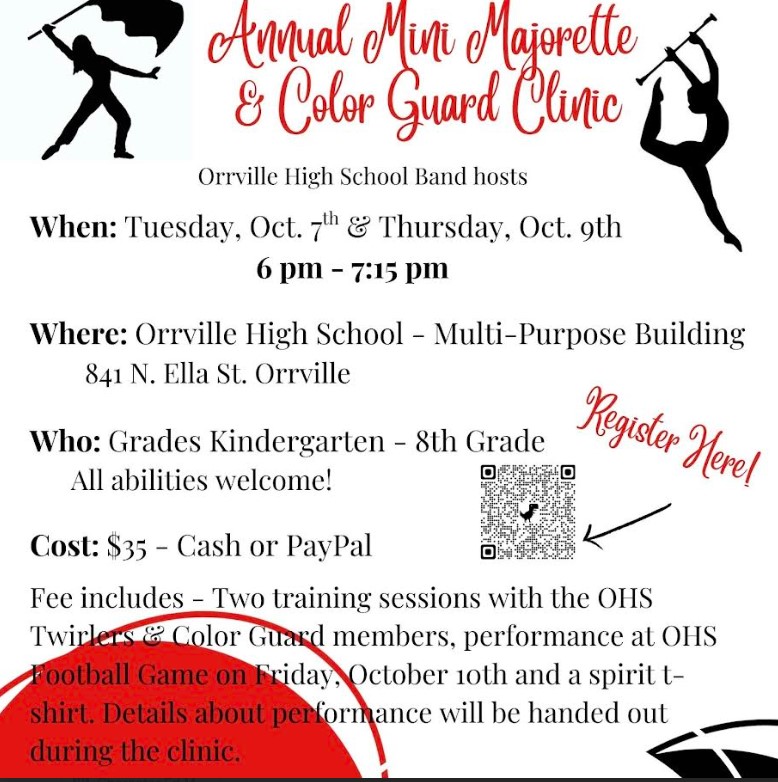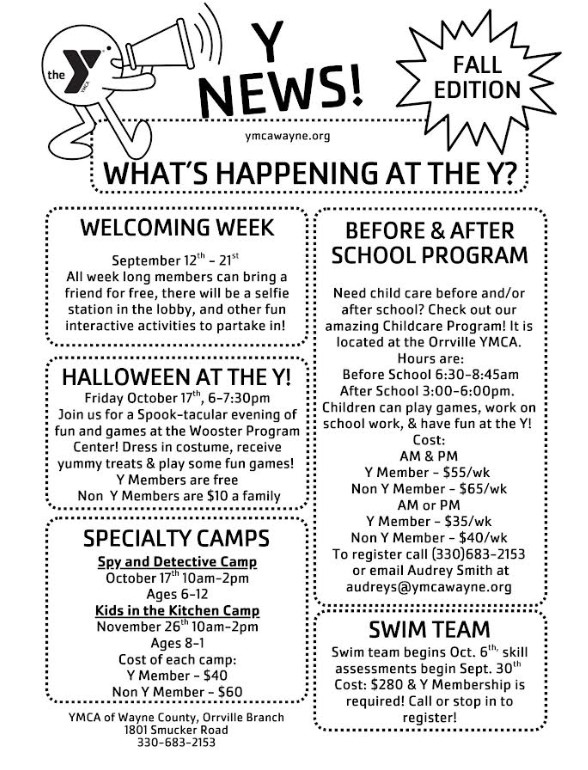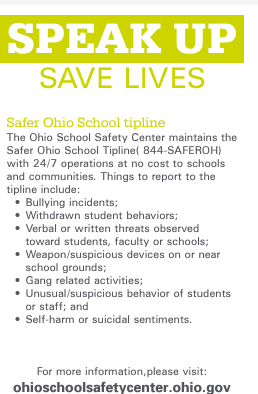Red Riders, we’re off to a great start—and I want to talk about something with a bigger impact on learning than almost anything else we do: being in school every day.
What the research says—plain and simple
• Chronic absenteeism means missing 10% or more of the school year for any
reason—excused or unexcused. In a typical year, that’s about 18 days, or just two days a
month. Students who are chronically absent are far more likely to struggle in class.
• After the pandemic, chronic absenteeism rose nationwide. The U.S. Department of
Education reports the national rate was about 31% in 2021–22 and 28% in 2022–23. More
recent analyses suggest improvement in 2023–24, but estimates vary, placing the national
rate roughly around 20–24%—still well above pre-pandemic levels.
• In Ohio, the share of chronically absent students was 26.8% in 2022–23, improving to 25.6%
in 2023–24—progress, but we have more work to do. State leaders have set a goal to cut
chronic absenteeism in half over five years, and we’re aligning our local efforts to that mission.
• Every missed day matters. A recent study using North Carolina data found that each
additional absence was associated with a measurable drop in test scores (about 0.003
standard deviations in math per day). Multiply that across many days, and it adds up.
• Attendance in the early grades is especially powerful. Students who miss a lot of school in
K–1 are much less likely to be reading on grade level by 3rd grade, which affects success in
later grades.
• Over time, frequent absences are linked with lower graduation and college-going rates.
National research has shown that students with high absence rates in middle and high school
are significantly less likely to graduate on time.
What families can do (simple, practical steps)
1. Use the “two-a-month” rule. If absences start approaching two days a month, contact
your school so we can help problem-solve early.
2. Build strong routines. Set consistent bedtimes, pack backpacks the night before, and plan
rides a day ahead.
3. Schedule appointments after school when possible, and if your child is under the weather,
stay in touch with our nurse or office about when it’s safe to return.
4. Stay connected. Read school messages, check grades and attendance, and reach out to
teachers quickly if your child seems disengaged.
5. Let us help. Transportation, health, or family challenges? Call your school—we can connect
you with resources.
Our commitment
Orrville’s educators are working hard to make every day worth attending—engaging lessons,
safe schools, caring adults, and the support students need. But we can’t replace the benefits
of being present, learning alongside classmates, and building the habits that lead to
graduation and bright futures.
Let’s make this a year of strong attendance and strong learning. When Red Riders show up,
Red Riders grow.
With appreciation,
Dr. David M. Toth
Superintendent, Orrville City Schools






